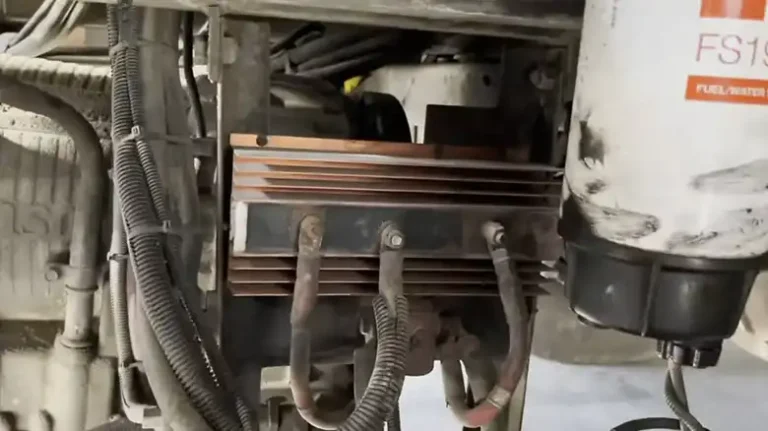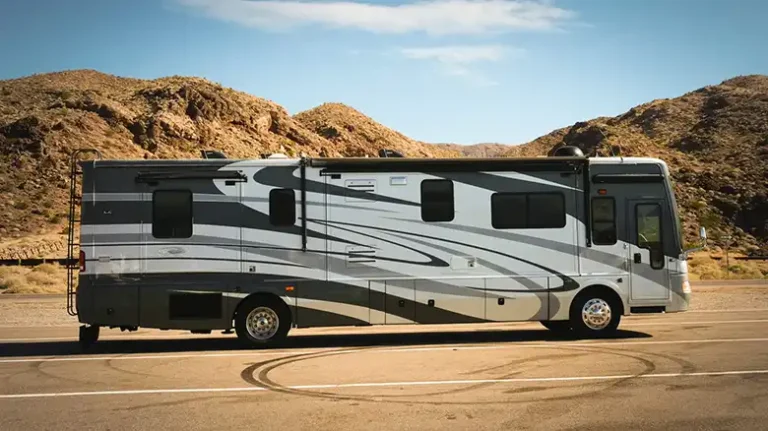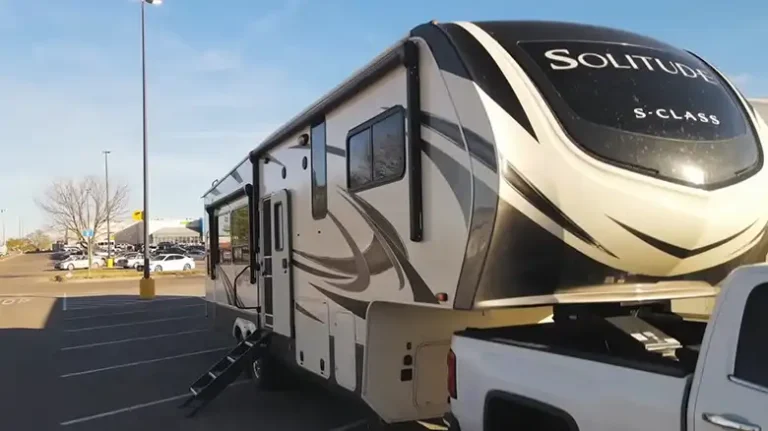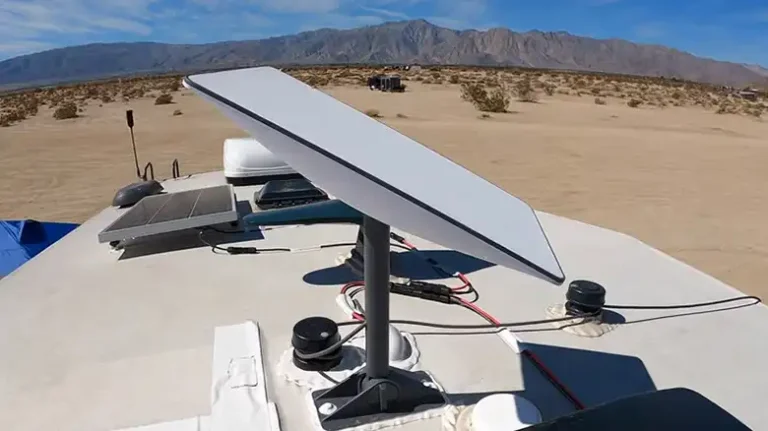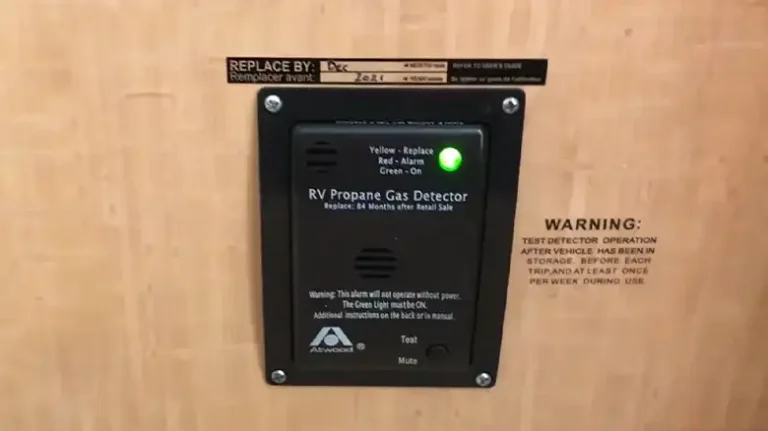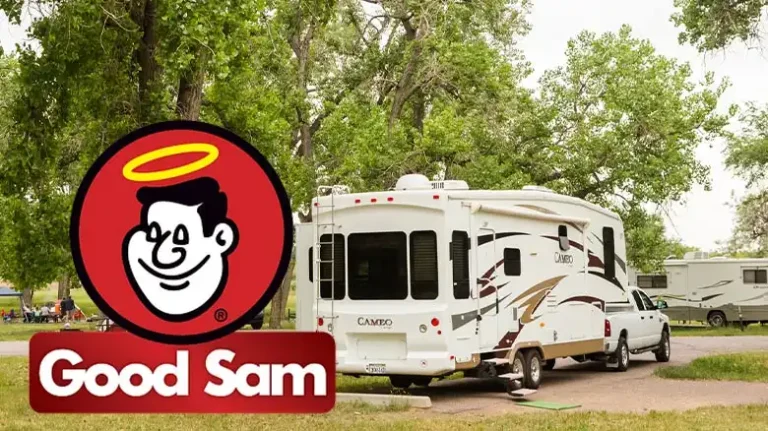Can You Melt Aluminum in a Campfire? Is It Safe?
As a curious DIY enthusiast, I’ve often wondered about the extent to which a standard campfire can be used for various purposes. One question that frequently crossed my mind was, “Can you melt aluminum in a campfire?”
To satisfy my curiosity, I embarked on a journey to explore this fascinating topic. In this article, I’ll share my findings and insights regarding the feasibility of melting aluminum in a campfire, providing detailed descriptions and answering some frequently asked questions along the way.
BTW, yes, you can absolutely melt aluminum in a campfire.
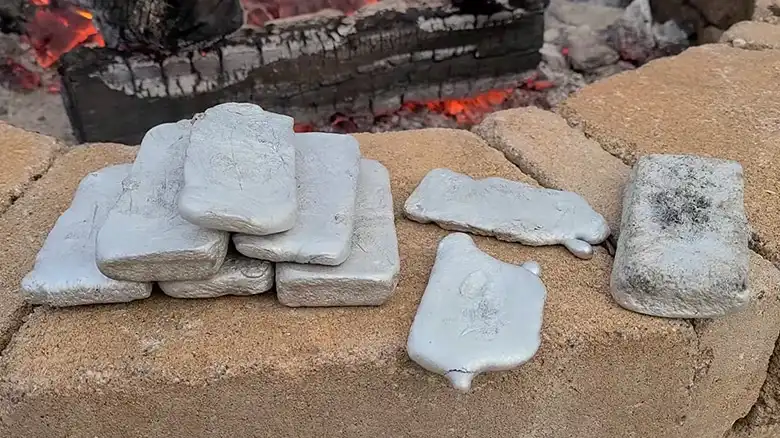
Is It Possible to Melt Aluminum in a Campfire?
Yes, you can melt aluminum in a campfire. Aluminum has a melting point of 1220 degrees Fahrenheit (660 degrees Celsius), and a campfire can reach temperatures of up to 1500 degrees Fahrenheit (800 degrees Celsius). However, it is important to note that melting aluminum can be dangerous, and should only be done with proper safety precautions.
Why Would You Melt Aluminum in a Campfire?
There are a few reasons why someone might want to melt aluminum in a campfire:
To recycle aluminum cans: Aluminum cans can be recycled over and over again, and melting them down is one way to do this. It is a great way to reduce waste and help the environment.
To make new objects from aluminum: Aluminum is a versatile metal that can be used to make a variety of objects, such as jewelry, tools, and decorative items. It is a fun and creative way to express yourself and make unique and useful items.
To learn about metalworking: Melting aluminum is a relatively simple metalworking process, and it can be a fun way to learn about how metals work. It is a great skill to have, and it can open up a world of possibilities for DIY projects.
What Do You Need to Melt Aluminum in a Campfire?
To melt aluminum in a campfire, you will need the following:
A crucible: A crucible is a container that can withstand the high temperatures needed to melt aluminum. You can buy a crucible from a metalworking supplier, or you can make your own from a steel can or other heat-resistant material. If you are making your own crucible, be sure to use a can that is made of thick steel and has a lid.
Tongs: Tongs will be needed to handle the crucible and the molten aluminum. Make sure to use tongs that are long enough to reach the bottom of the crucible without getting too close to the heat.
Fuel: You will need a good supply of fuel to keep your campfire going. Wood is the most common fuel used for campfires, but you can also use charcoal or other fuels. If you are using wood, be sure to use dry wood that will burn well.
Safety gear: It is important to wear safety gear when melting aluminum, such as gloves, goggles, and a long-sleeved shirt. Gloves should be thick enough to protect your hands from the heat of the crucible and the molten aluminum. Goggles should be able to protect your eyes from sparks and molten metal. A long-sleeved shirt will help to protect your arms from the heat.
How to Melt Aluminum in a Campfire
To melt aluminum in a campfire, follow these steps:
Step 1
Build a campfire and let it burn until you have a good bed of coals. The coals should be hot enough to melt the aluminum, but not so hot that they cause the aluminum to catch on fire.
Step 2
Place the crucible in the center of the campfire. Use the tongs to carefully place the crucible in the center of the coals. Be careful not to drop the crucible, as this could cause the molten aluminum to spill.
Step 3
Add aluminum scraps to the crucible. You can use aluminum cans, foil, or other aluminum objects. Be sure to break up any large pieces of aluminum so that they will melt more quickly.
Step 4
Continue adding fuel to the campfire and keep an eye on the aluminum. Once the aluminum is melted, you can pour it into a mold to create a new object.
Tips for Melting Aluminum in a Campfire
- To make the melting process go faster, you can preheat the crucible by placing it in the campfire for a few minutes before adding the aluminum.
- If you are using a lot of aluminum, you may need to add more fuel to the campfire to keep it hot enough.
- Be careful not to overheat the aluminum, as this can cause it to catch on fire. If the aluminum starts to catch on fire, remove the crucible from the campfire and let the aluminum cool down before continuing.
- Do not pour molten aluminum into a mold that is not heat-resistant. If the mold is not heat-resistant, it could crack or melt, which could cause the molten aluminum to spill.
Safety precautions
Melting aluminum can be dangerous, so it is important to take the following safety precautions:
- Always wear safety gear when melting aluminum, such as gloves, goggles, and a long-sleeved shirt.
- Be careful not to overheat the aluminum, as this can cause it to catch on fire.
- Do not pour molten aluminum into a mold that is not heat-resistant.
- Be careful not to spill molten aluminum, as this can cause severe burns. If you do spill molten aluminum, immediately flush the area with cold water.
- If you have any concerns about melting aluminum safely, it is best to consult with.
Can I melt aluminum using just a campfire without a foundry?
A standard campfire doesn’t usually reach the required temperature to fully melt aluminum, but it can make the metal soft and malleable. If you want to achieve a complete melt, you’ll need to create a controlled and hotter environment, such as a DIY foundry.
What is the minimum temperature needed to melt aluminum?
Aluminum melts at approximately 1,221 degrees Fahrenheit (660.3 degrees Celsius). While a campfire can reach temperatures near this threshold, it’s often not hot enough to achieve a complete melt.
What are the applications of melted aluminum in DIY projects?
Melted aluminum can be used for various DIY projects, including metal casting for sculptures or art, creating custom aluminum parts, or even recycling scrap aluminum for new applications.
Are there safety risks associated with melting aluminum?
Yes, there are safety risks involved in melting aluminum. Molten metal can cause severe burns and fires if not handled properly. Always follow safety precautions, use protective gear, and have the right tools for the job.
Can I use a regular aluminum pot for melting in a DIY foundry?
While some people use aluminum pots for small-scale melting, it’s essential to choose a container that can withstand high temperatures without melting or deforming. Steel crucibles or cast iron pots are better options.

